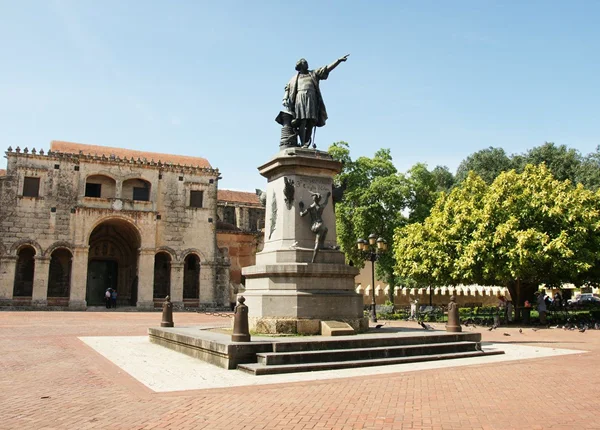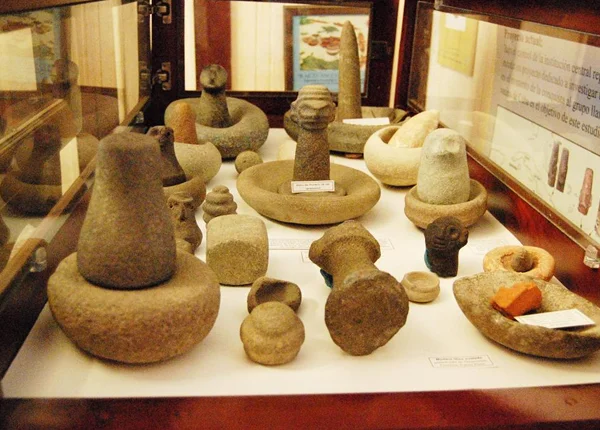HISTORY
With a glance at the Dominican calendar, one sees month after month awash with holidays patriotic in nature. While some believe this stems from the Dominican people’s love of a good fiesta, it’s actually the country’s long and storied history that is responsible. Holidays such as Juan Pablo Duarte’s birthday and Restoration Day all point to the turbulent past of this now tranquil tropical getaway. The Dominican Republic was discovered on December 5, 1492, by Christopher Columbus during his first voyage to the New World. At that time the island of Hispaniola (as Columbus named it) was called “Quisqueya” by the Taino Indians who occupied the land. With a population estimated around 600,000, the Tainos (meaning “the good”) were peaceful and hospitable to Columbus and his crew of Spaniards. Columbus himself grew a particular fondness for Hispaniola, describing it in his journal as “a beautiful island paradise with high forested mountains and large river valleys.”
Columbus’ admiration for Hispaniola coupled with his crew’s discovery of gold deposits in the island’s rivers led to the establishment of European settlements, the first of which was founded in 1493 in La Isabela. With the presence of new settlements, the Taino Indians were put into slavery and over the next 25 year, were eventually wiped out. Simultaneously, the settlers began bringing African slaves to the island to ensure adequate labor for their plantations.
Columbus’ brother, Bartholomew, was appointed governor of Hispaniola and in 1496 he founded the city of Santo Domingo. The capital city quickly became the representative seat of the Spanish royal court and therefore, a city of power and much influence. However, by 1515 the Spaniards realized the gold deposits of Hispaniola had significantly dwindled. Around this time Herman Cortes discovered silver deposits in Mexico. Upon hearing this news, most Spanish residents of Santo Domingo left for Mexico, leaving only a few thousand settlers behind. Because of the predominance of livestock, initially introduced by Columbus, these settlers sustained themselves by providing food and leather to Spanish ships passing Hispaniola on their way to the richer colonies on the American mainland. It is during this period of time that the pirates of the Caribbean made history.
The island of Hispaniola remained under Spanish control until 1697 when the western third of the island became a French possession. (In 1804, the western part of the island became the Republic of Haiti.) This area, which the French called “Saint Domingue” became the richest colony in the world thanks to large sugar plantations which were worked by hundreds of thousands of slaves imported from Africa. In 1791 a slave revolt broke out in Saint Domingue. For fear of losing their colony to the slaves, the French abolished slavery in 1794. With calm in Saint Domingue, the French were able to focus on overwhelming the Spanish on the island’s eastern side, who later surrendered power.
In 1809 the eastern side of the island returned to Spanish rule. In 1821 the Spanish settlers declared an independent state but just weeks later, Haitian forces invaded the eastern portion of the island and incorporated Santo Domingo. For the next 22 years the entire island came under Haitian control. However, fueled by their loss of political and economic control, the former Spanish ruling class developed an underground resistance group led by Juan Pablo Duarte called “La Trinitaria.” After several attacks by La Trinitaria on the Haitian army, the Haitians retreated. On February 27, 1844, the eastern side of the island declared independence and gave their land the name “Dominican Republic.”












